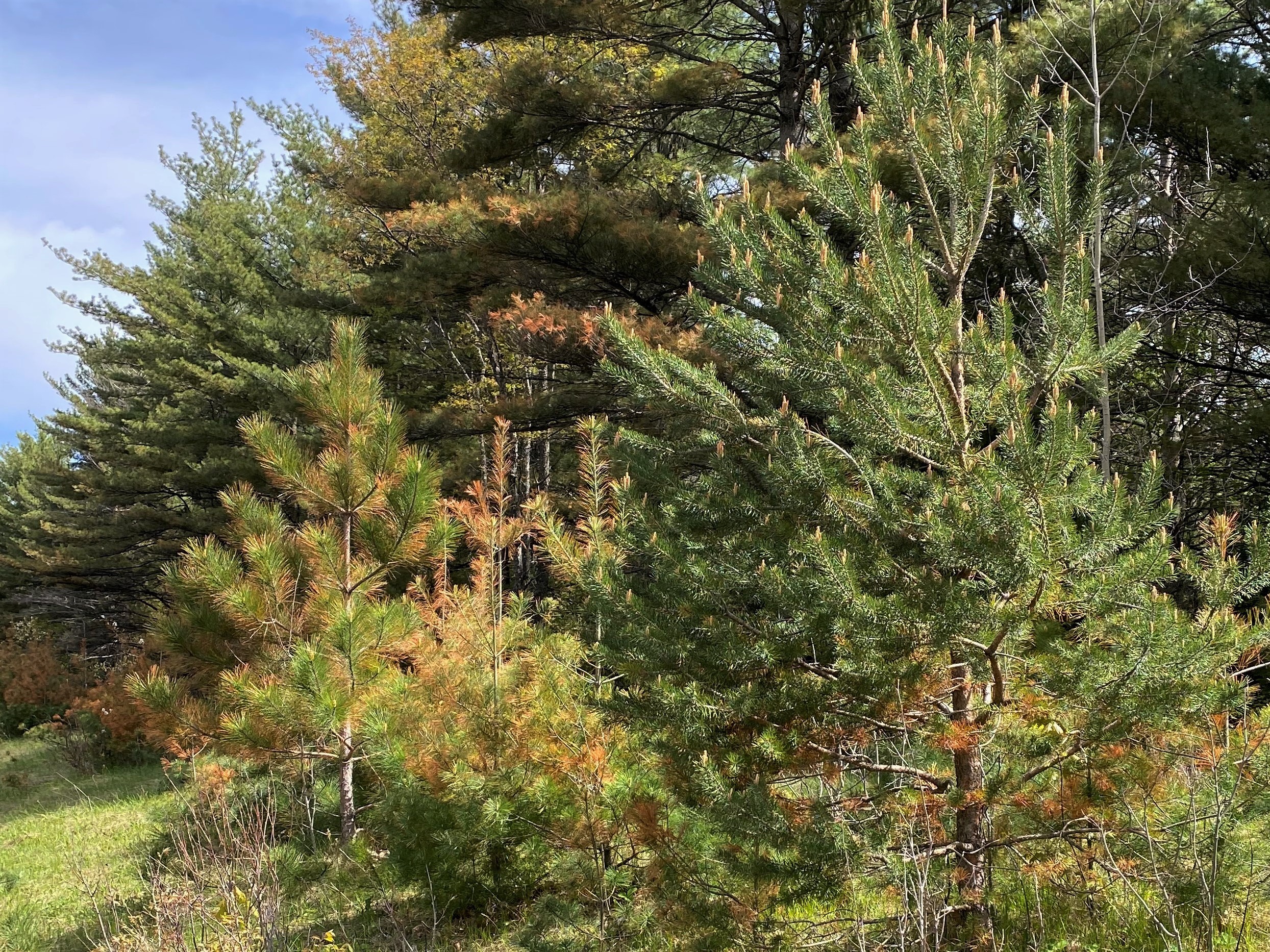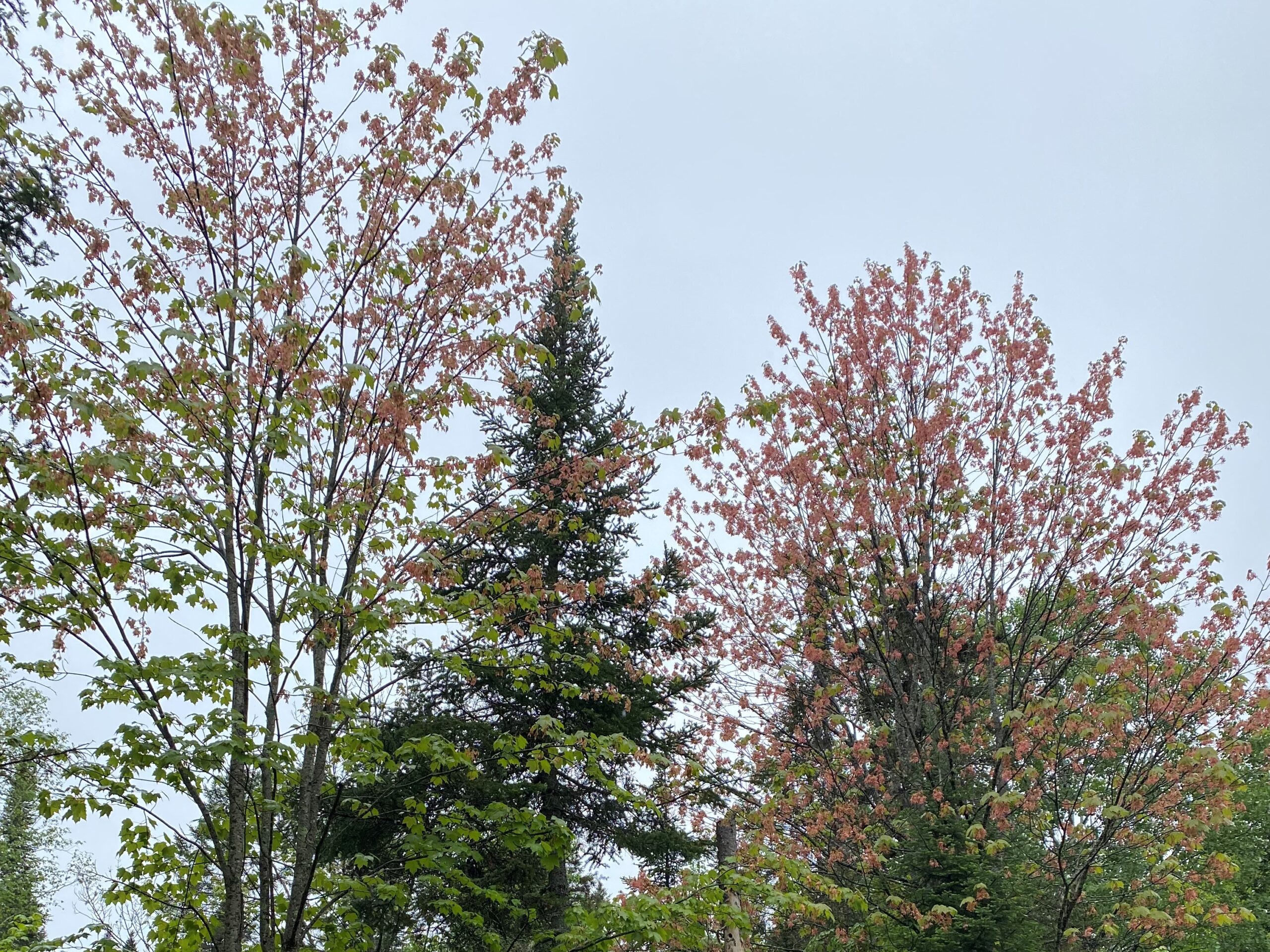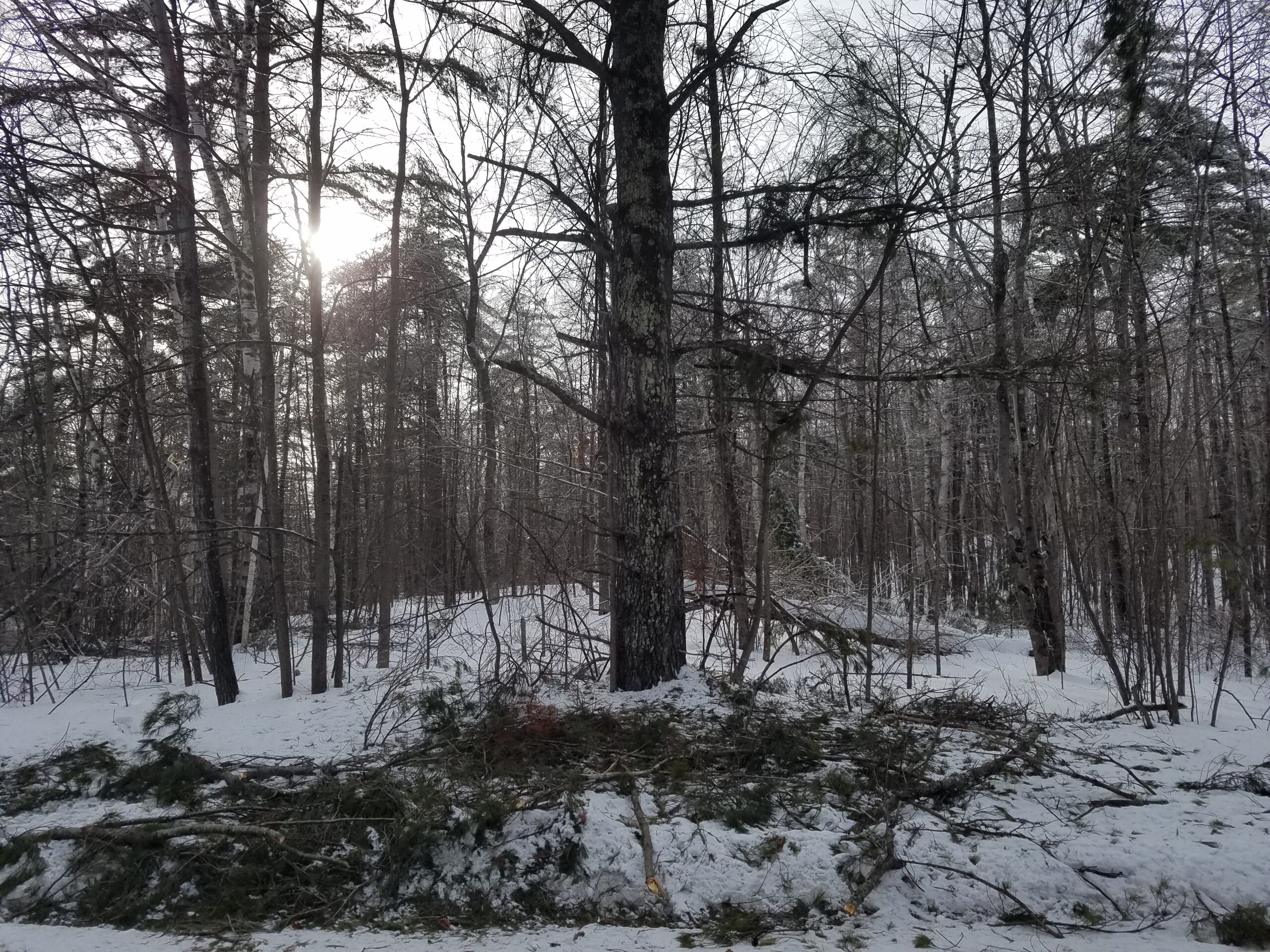By Linda Williams, DNR Forest Health Specialist, Woodruff
Linda.Williams@wisconsin.gov, 920-360-0665
Have you ever seen an oak wilt fruiting body? Oak wilt is a fungal disease that kills trees in the red oak group (northern red oak, northern pin oak, black oak and other oaks with points on their leaves). Trees in the white oak group (white oak, burr oak, swamp white oak and other oaks with rounded leaves) are more resistant to the disease, but branches or branch tips can still be killed.

Oak wilt pressure pads can create a crack in the bark, allowing beetles to get into the spores. Photo: Wisconsin DNR
Continue reading “On The Lookout For Oak Wilt Fruiting Bodies”








